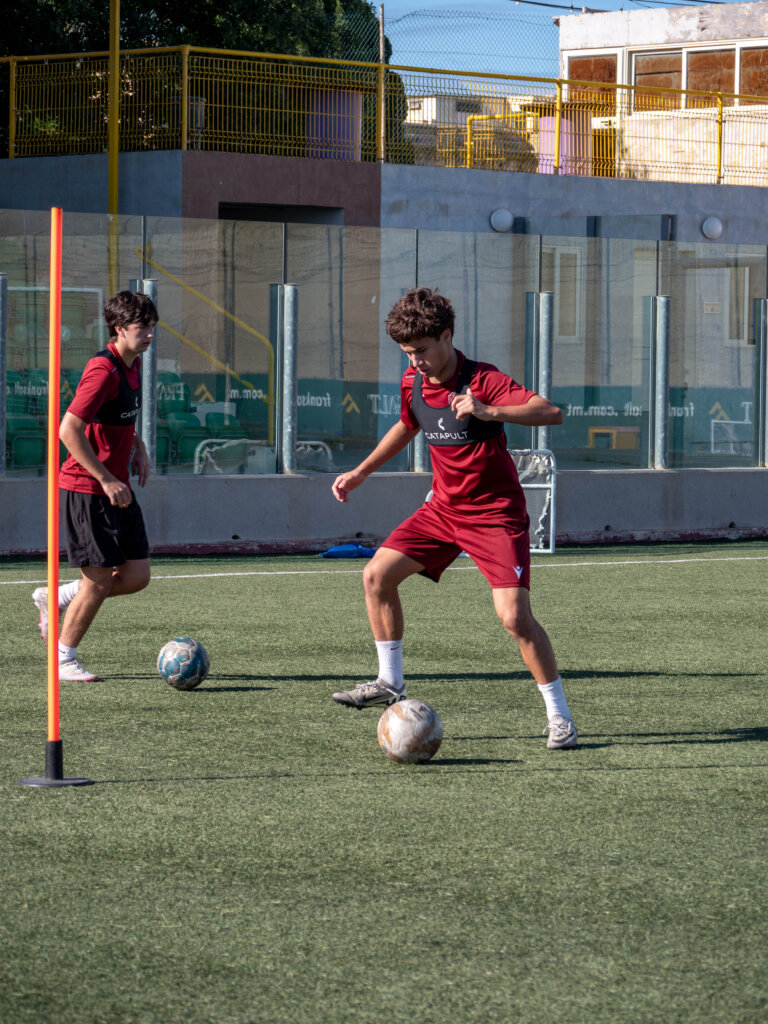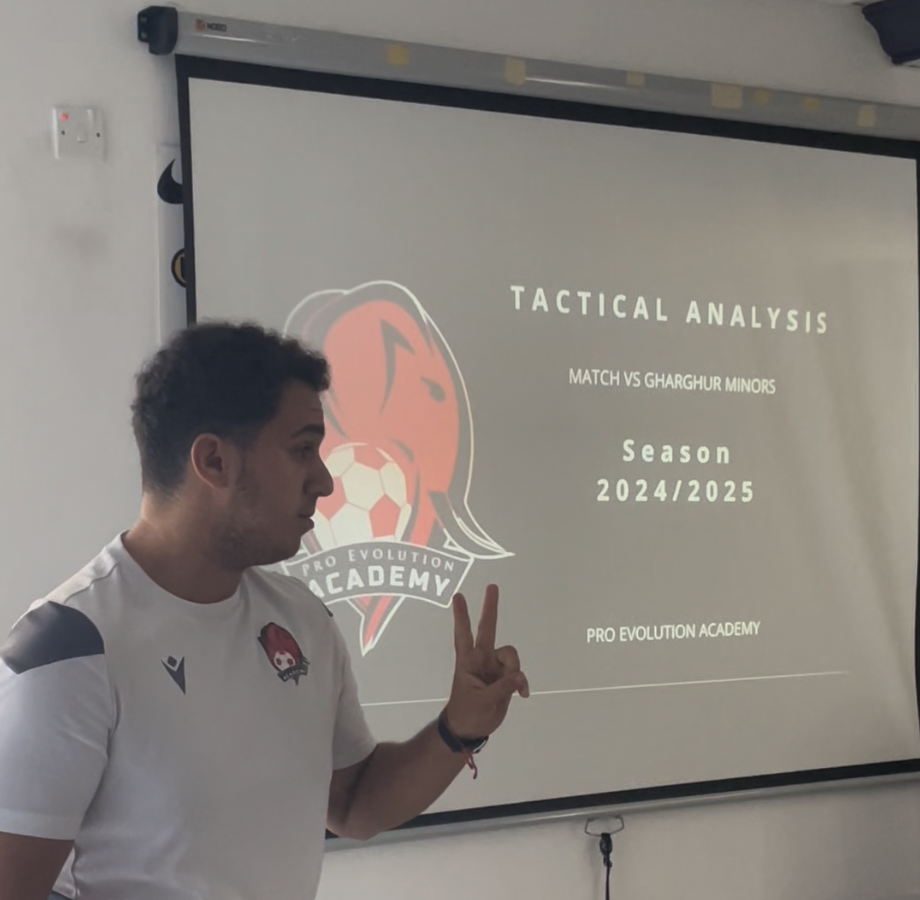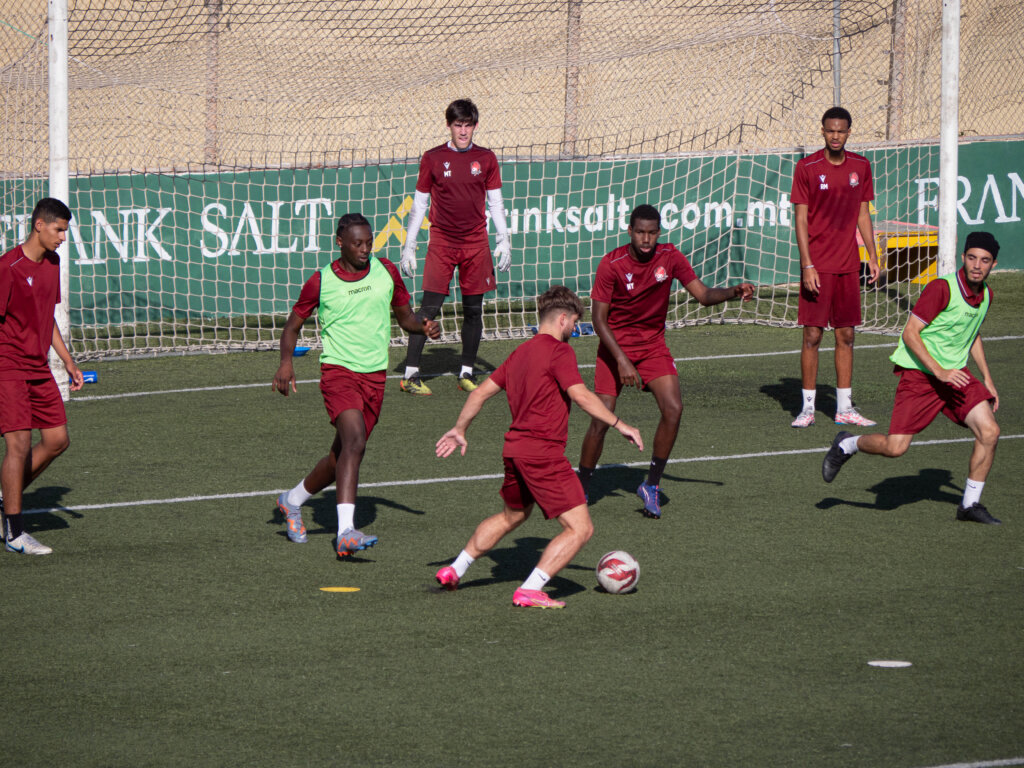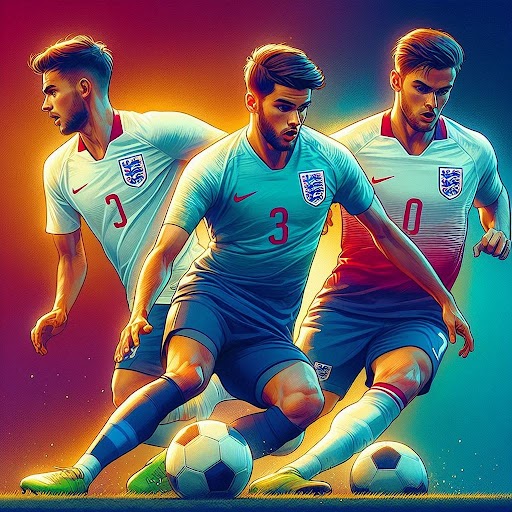Game vision is what separates good players from great ones. This ability to quickly analyse a situation, anticipate movements, and make the right decision under pressure is the very essence of modern football.
Contrary to popular belief, game vision does not rely solely on innate talent – it is developed and refined through structured and methodical training.
Statistics reveal that players with a well-developed game vision complete 23% more successful passes and create 40% more goal-scoring opportunities than their teammates. This difference is due to their ability to process information more quickly and identify free spaces before their opponents.
Summary
Exercise 1: Cone route for agility and peripheral vision
The development of peripheral vision is the basis of any tactical improvement. Fifteen cones in staggering on a surface of 20×15 meters. While they were quiet between cones, a partner shows that colored cartons of different angles.
Training Protocol:
- Check slalom at 70% of its maximum speed
- Identify and announce the colour of packages without slowing down
- Conduct 8 runs with 30 seconds of recovery between each series
- Increase the speed of execution gradually
This method develops its ability to simultaneously process multiple visual information, an essential ability to scan the field during a match.

Exercise 2: Games with a reduced force to stimulate a quick reflection
Situations of 4 to 20 meters in a 30×20 field create an optimal density of players to develop decision-making. Each player has only two maximum keys, forcing fast analysis of available options.
Tactical variants:
- Put up to three passes before you try an offensive action
- Create prohibited areas to force change of orientation
- Add a neutral joker who always moves with the equipment in possession
The intensity of these situations accurately reproduces the time pressure of the official parties, developing their decision-making automations.
Exercise 3: Simulated opposition training to improve anticipation
Place in the center of a square of 15×15 meters with four partners positioned at the angles. They make random passes while you have to intercept the ball in advance of your intentions.
Technical progress:
- Watch the gaze and orientation of the shoulders before each step
- Analyze the passages of each partner
- Increase the speed of execution gradually
- Integrate the fakes to make the game more complex
This exercise perfects your ability to decipher adverse body signals, a decisive advantage in duels.
Exercise 4: Mental images for visualizing actions
Mental visualization activates the same brain areas as physical execution. Spend 15 minutes a day to imagine specific coincidence situations.
Visualization protocol:
- Close your eyes and imagine you get the ball back to goal
- Mentally visualize the position of three teammates and two opponents
- Mentally simulate three different pass options
- Feel the physical sensations of every technical gesture
This method develops its ability to anticipate multiple blows, such as a chess player in a football field.
Exercise 5: Video analysis to understand the dynamics of the game
The study of party sequences reveals recurring patterns and usable spaces. Focus on analyzing collective movements rather than spectacular individual actions.
Structured method of analysis:
- Watch every offensive action three times: once in real time, then idle, focused on free balloon movements
- Identify the triggers that create open spaces
- Notice the defensive reactions and their consequences
- Replicate mentally situations by imagining alternatives
This analytical approach develops its ability to anticipate tactical developments before they occur.

Exercise 6: Tableau Tactical Meetings for Strategic Planning
Using a tactical table allows us to assimilate theoretical concepts before their practical application. Create specific party scenarios and analyze the best collective solutions.
Situations for study:
- Defense-attack transition with different digital configurations
- Coordinated pressure according to recovery areas
- Support movements in the last third
- Defensive replacement after the loss of the ball
This cognitive approach ideally complements physical training by structure your understanding of the game.
Exercise 7: Pressure passages for reflexes
Deux joueurs se font face à 8 mètres de distance avec un défenseur actif entre eux. L’objectif consiste à effectuer 10 passes consécutives malgré la pression constante.
Contraintes progressives :
- Limitez le nombre de touches à deux, puis une seule
- Réduisez progressivement la distance entre les joueurs
- Ajoutez un second défenseur pour intensifier la pression
- Chronométrez l’exercice pour créer une urgence temporelle
Cette méthode développe votre capacité à prendre des décisions justes sous contrainte, compétence fondamentale dans le football moderne.

Exercise 8: Position set to optimize space consciousness
Delimit a plot of 40×30 meters divided into nine equal areas. Each player can only evolve in their assigned area, thus developing the accuracy of passes and reading spaces.
Specific rules:
- Maximum two touches per player
- Obligation de faire participer chaque zone au moins une fois par possession
- Bonus point if one action involves the nine areas consecutively
- Broke positions every five minutes
This configuration develops its overview of the field and its ability to exploit all available spaces.
Exercise 9: Stage training to master specific scenarios
The stages set represent 30% of the goals set in professional football. Its domain requires specific preparation focused on collective coordination and instant decision-making.
Training scenarios:
- Short corners with three predefined development options
- Indirect free kicks with fixation movements
- Long passes with cross-calls on the surface
- Penalties with analysis of the opponent's goalkeeper
This specialization significantly improves its efficiency at the decisive moments of the match.
Exercise 10: Complete match simulations to integrate skills
The 20-minute training matches allow all previously worked concepts to be applied in a realistic context. Film these sessions to analyze your decision-making at a later stage.
Organizational arrangements:
- Teams of 7 players on reduced ground
- Effective play time with a strict moment
- Frequent rotations to maintain intensity
- Immediate interrogation after each significant sequence
This comprehensive approach consolidates all its technical and tactical achievements.
Conclusion
The improved vision of play results from a progressive process that requires regularity and patience. These ten exercises, which are performed two or three times a week, will transform their soccer perception and performance in the field.
Start by mastering the first three exercises before gradually integrating the following. Record your progress in a work book and adjust the intensity to your level. The constant effort determines the quality of the results achieved.
The vision of the game is cultivated as a technical skill – through intelligent repetition and methodical analysis. Your investment today will shape the player who will become tomorrow.

